Reportar esta entrada
Más sobre la misma comunidad-colección
Vikki Carr en 2009, El Paso, Texas
The singer and actress Vikki Carr, who is actually born in El ...
Vikki Carr en 2009, El Paso, Texas
Vikki Carr is holding a speech in 2009 after she was give the ...
Vikki Carr en 2009, El Paso, Texas
The picture shows the actress and singer Vikki Carr after the ...
Cuarto de Julio Fuegos Artificiales 1
The picture was taken during the Fourth of July celebrations in ...
Cuarto de Julio Fuegos Artificiales 2
The picture was taken during the Fourth of July celebrations in ...
Cuarto de Julio Fuegos Artificiales 3
The picture was taken during the Fourth of July celebrations in ...
Cuarto de Julio Fuegos Artificiales 4
The picture was taken during the Fourth of July celebrations in ...
Humphrey Séquito durante Campaña Presidencial en 1968
This picture shows parts of the entourage of Hubert Humphrey, ...
Centro durante el Amanecer en 2009
The picture captures the downtown area during sunrise. It was ...
Interior del Rito Escocés Templo - El Paso, Tejas
The image shows the interior of the Scottish Rite Temple during ...
Danza Folklórica durante la Rito Escocés Templo celebración
The picture captures folk dancers during the Scottish Rite ...
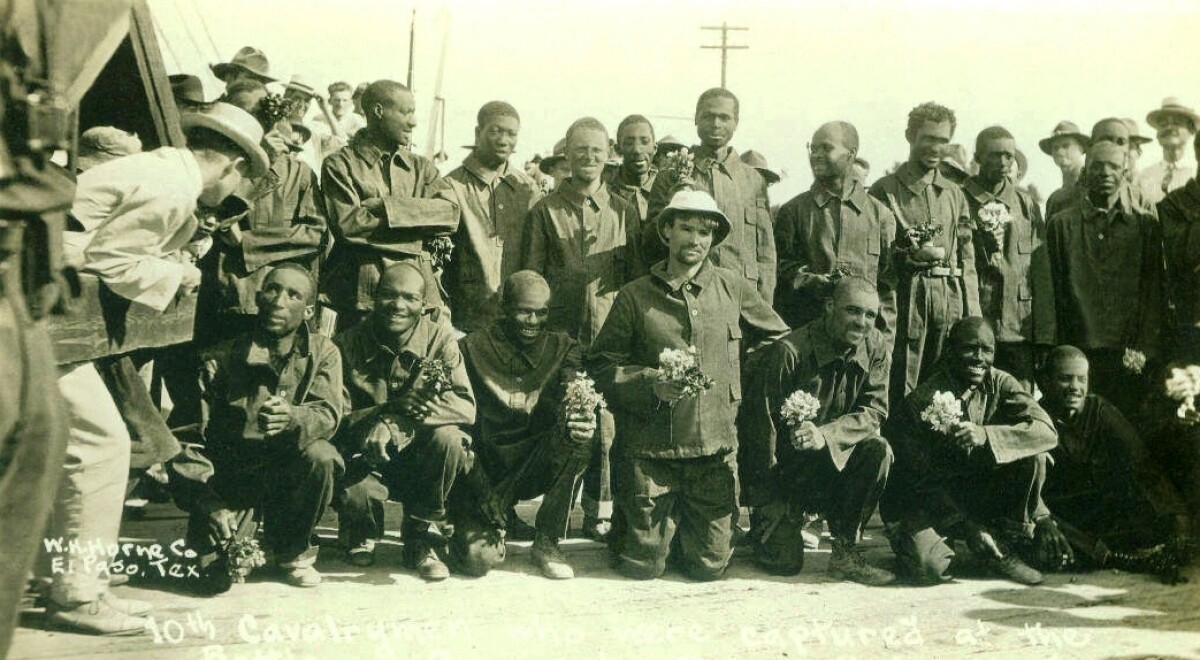
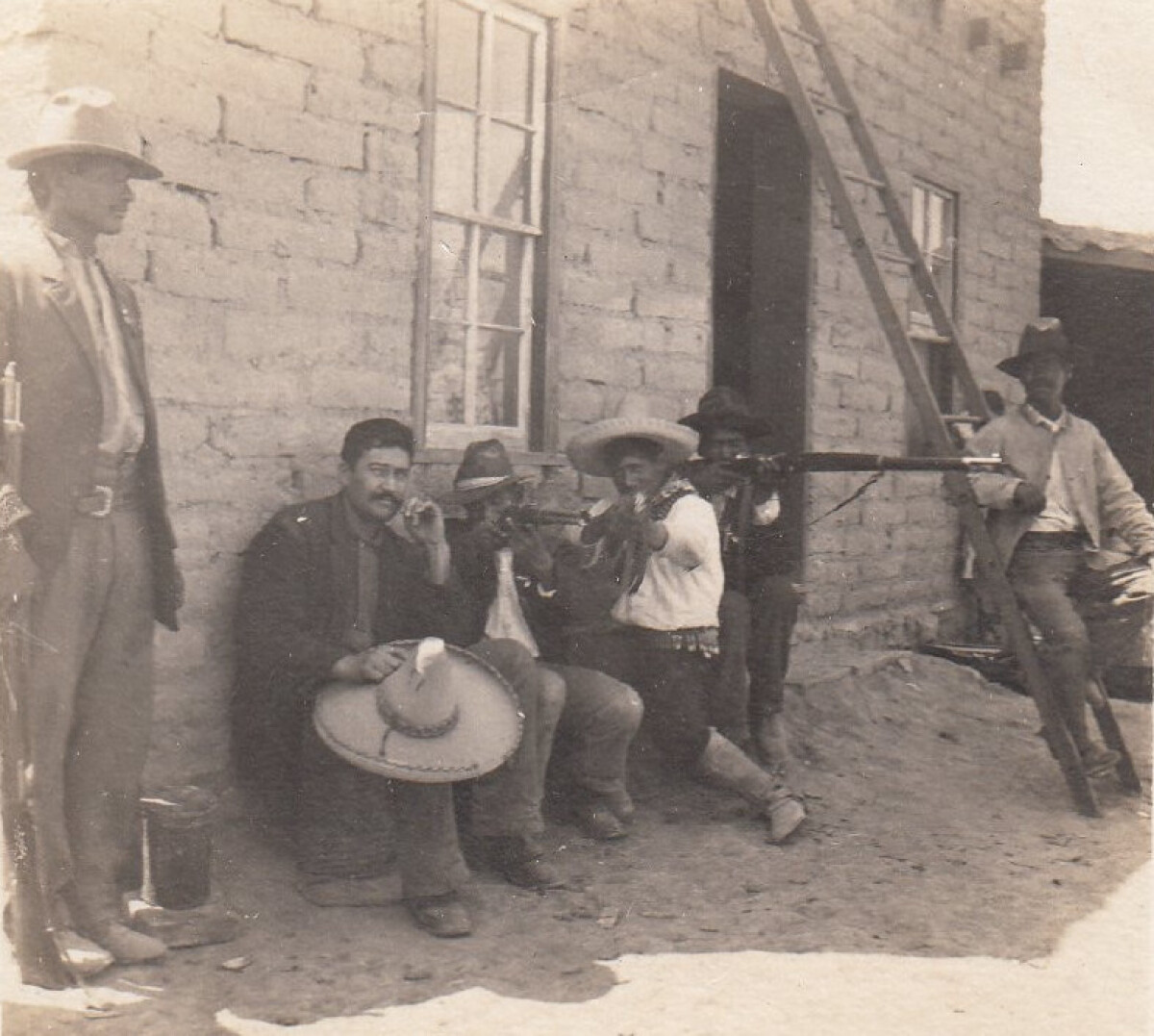
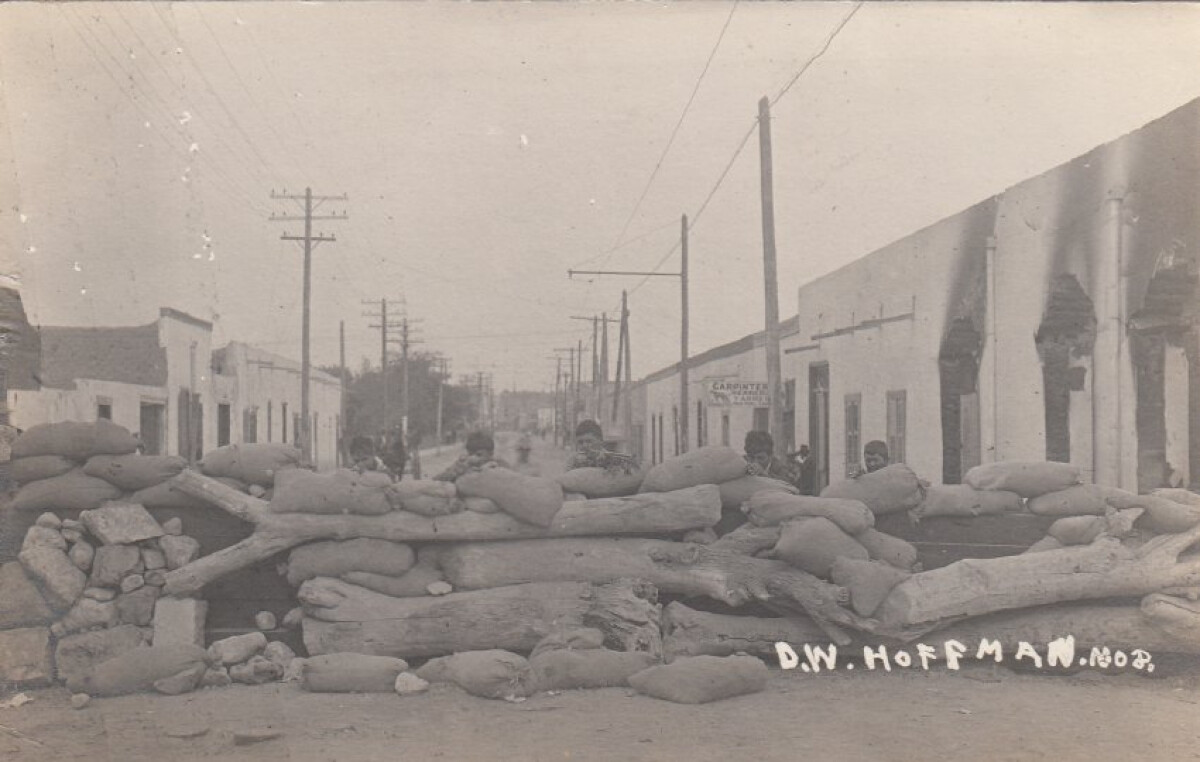
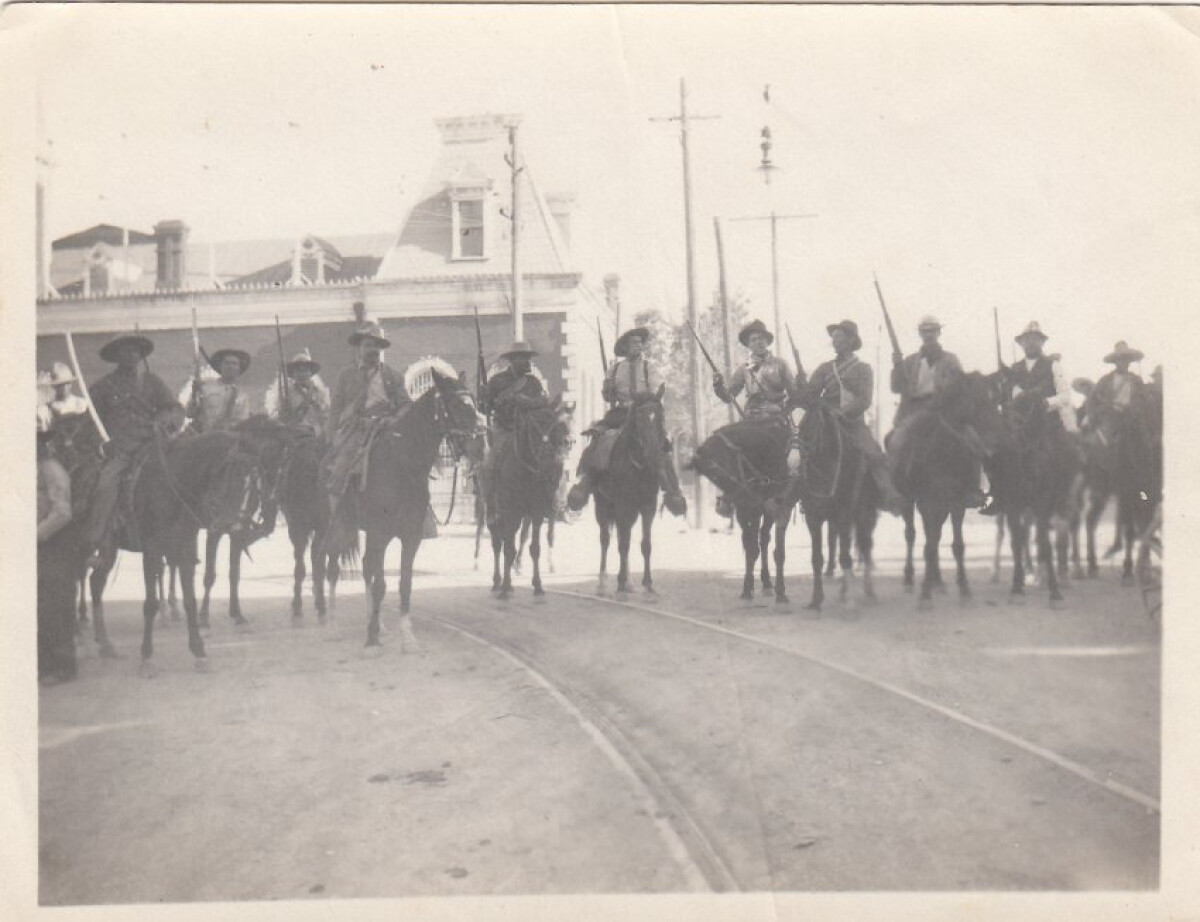
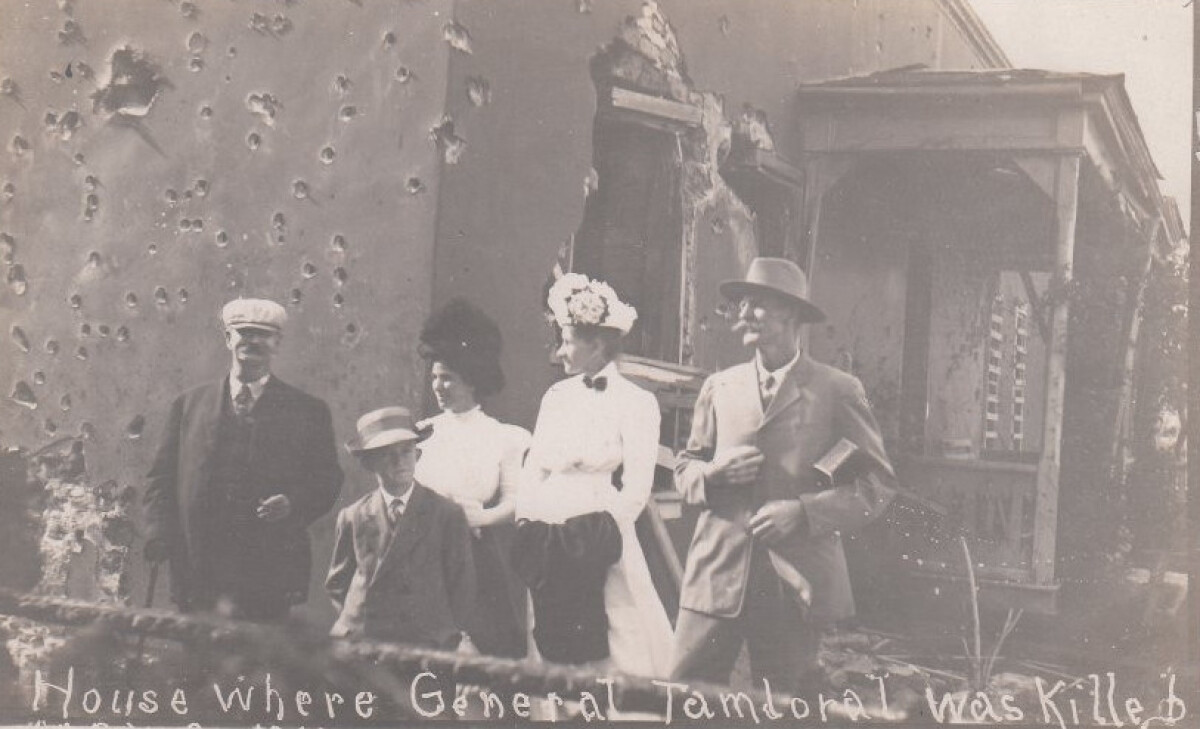
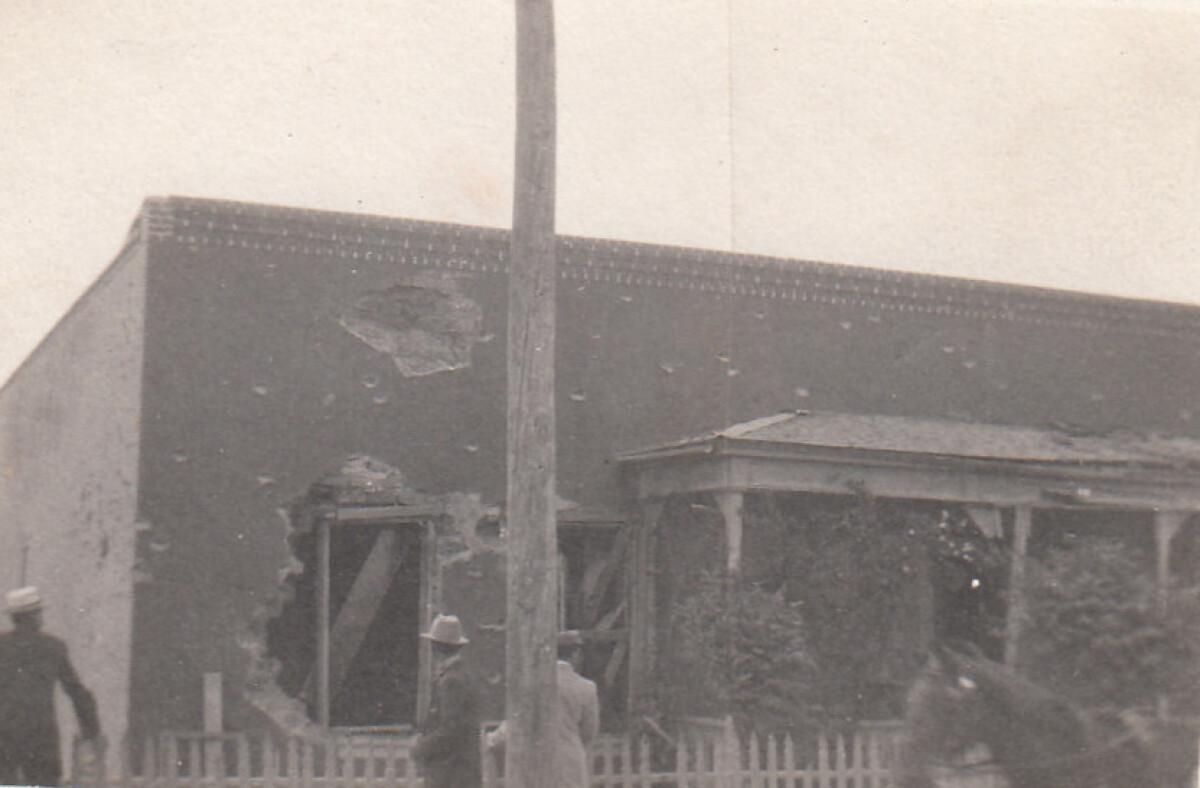
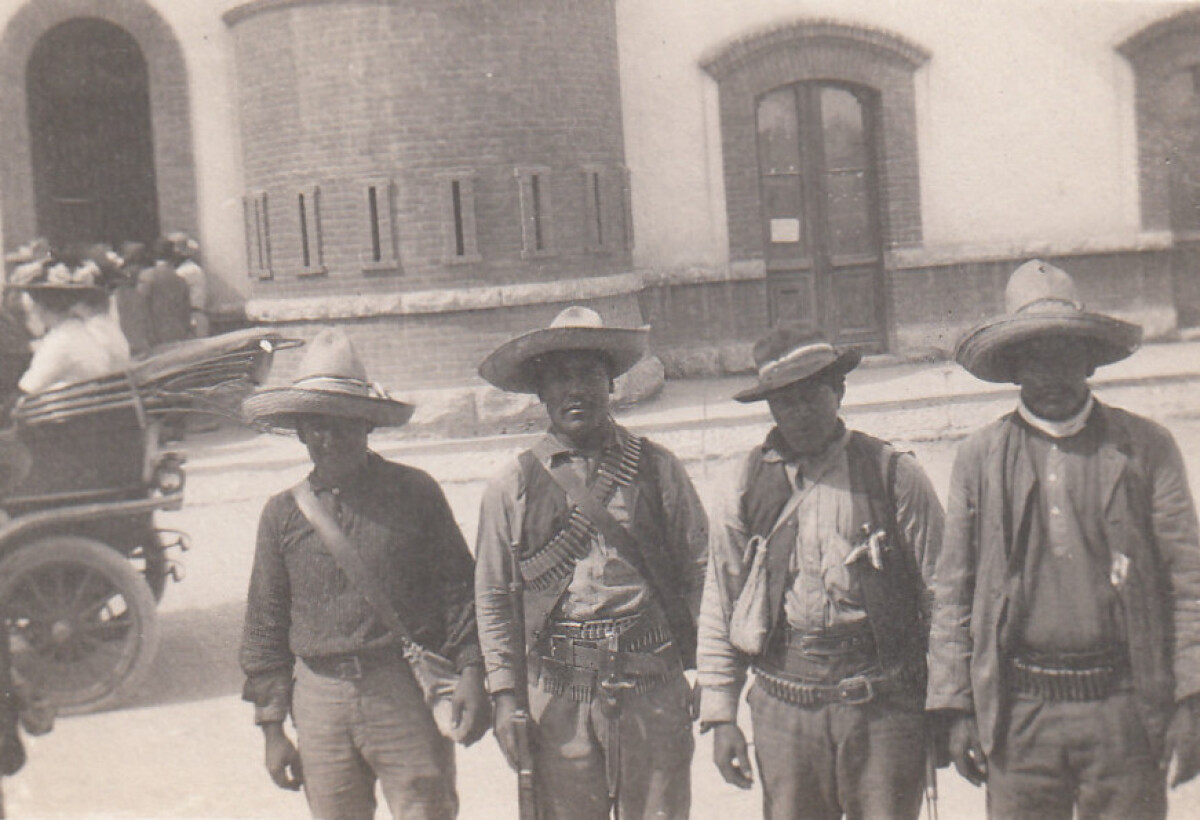
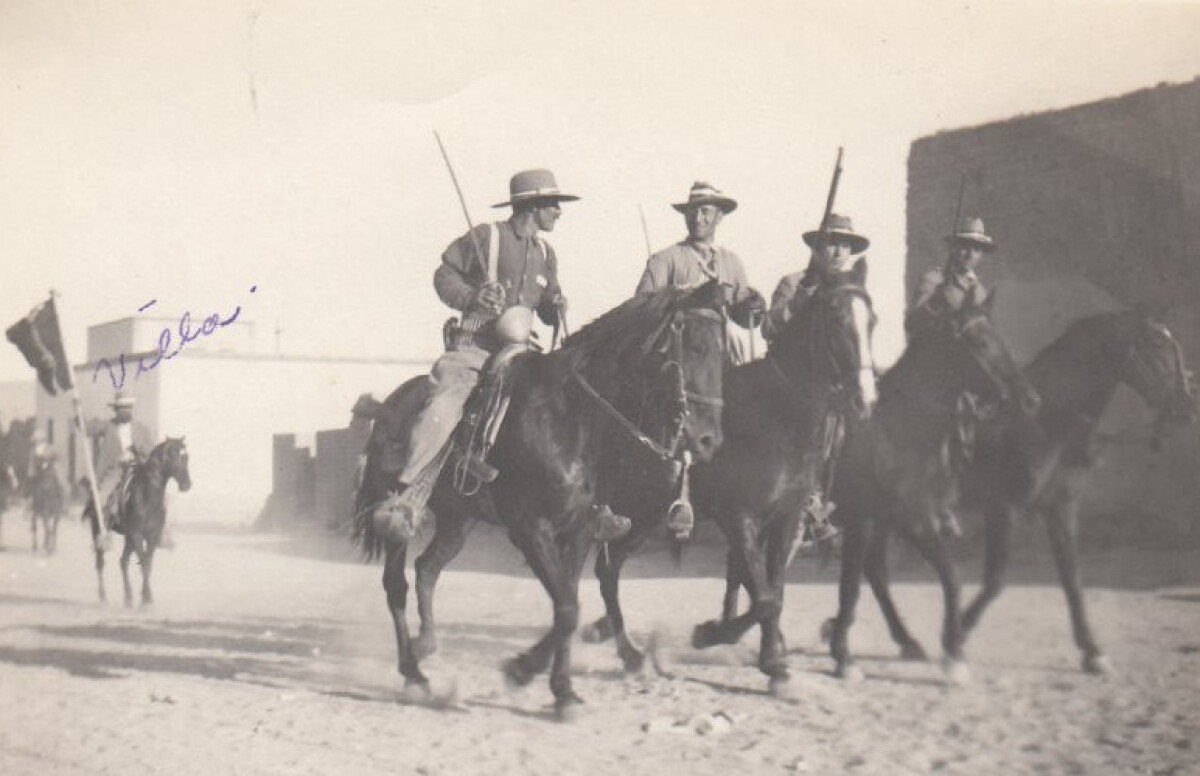
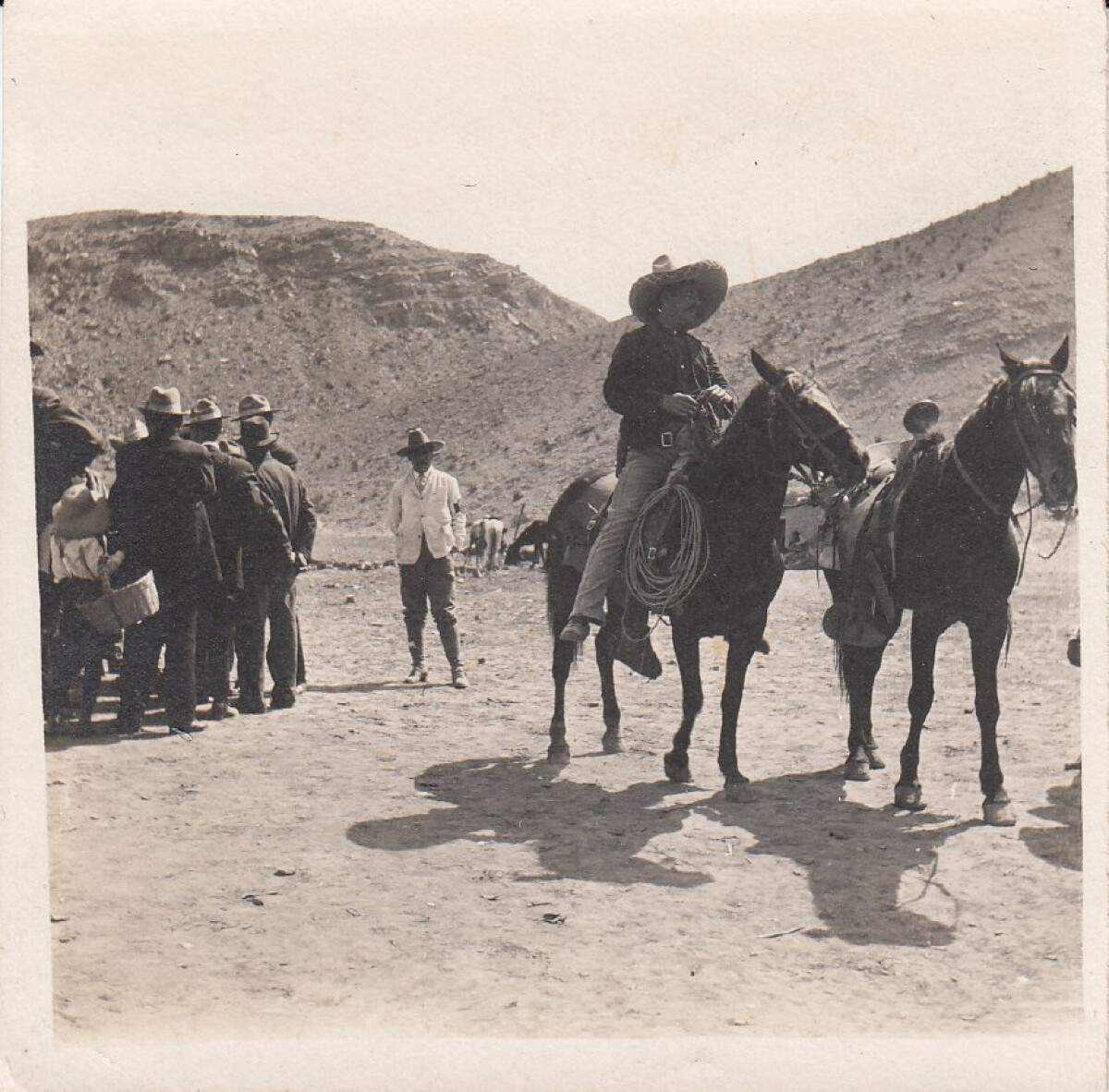
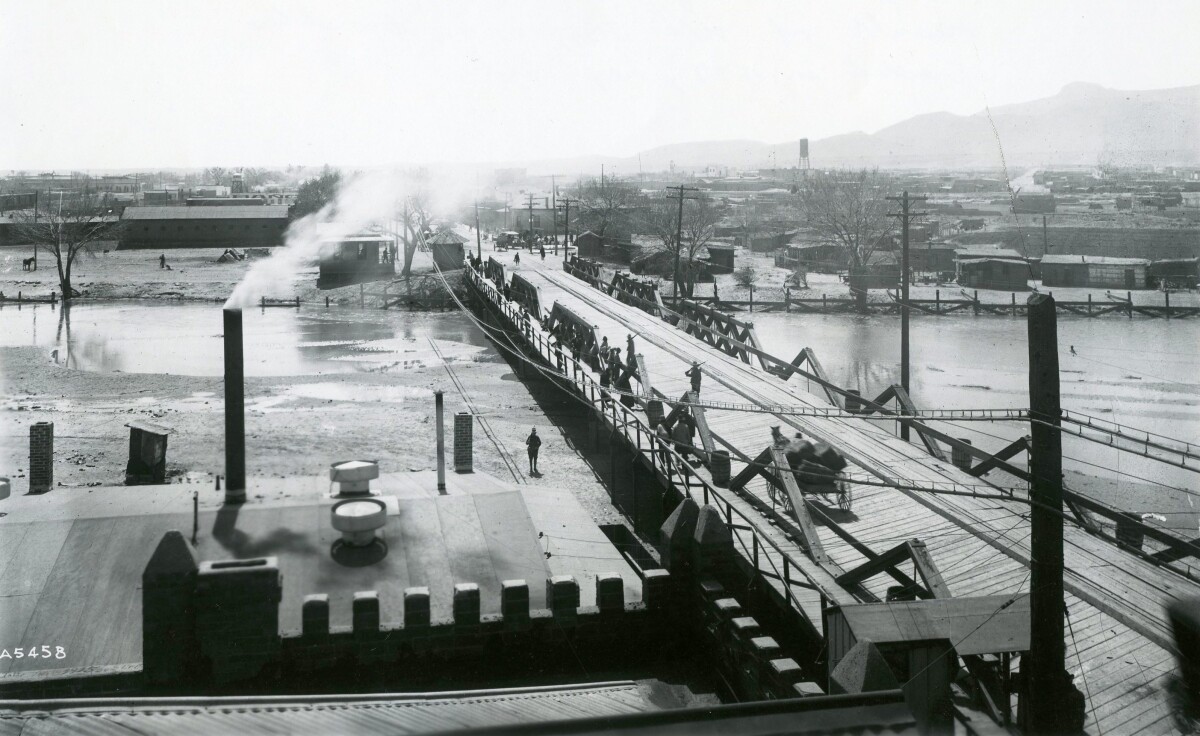
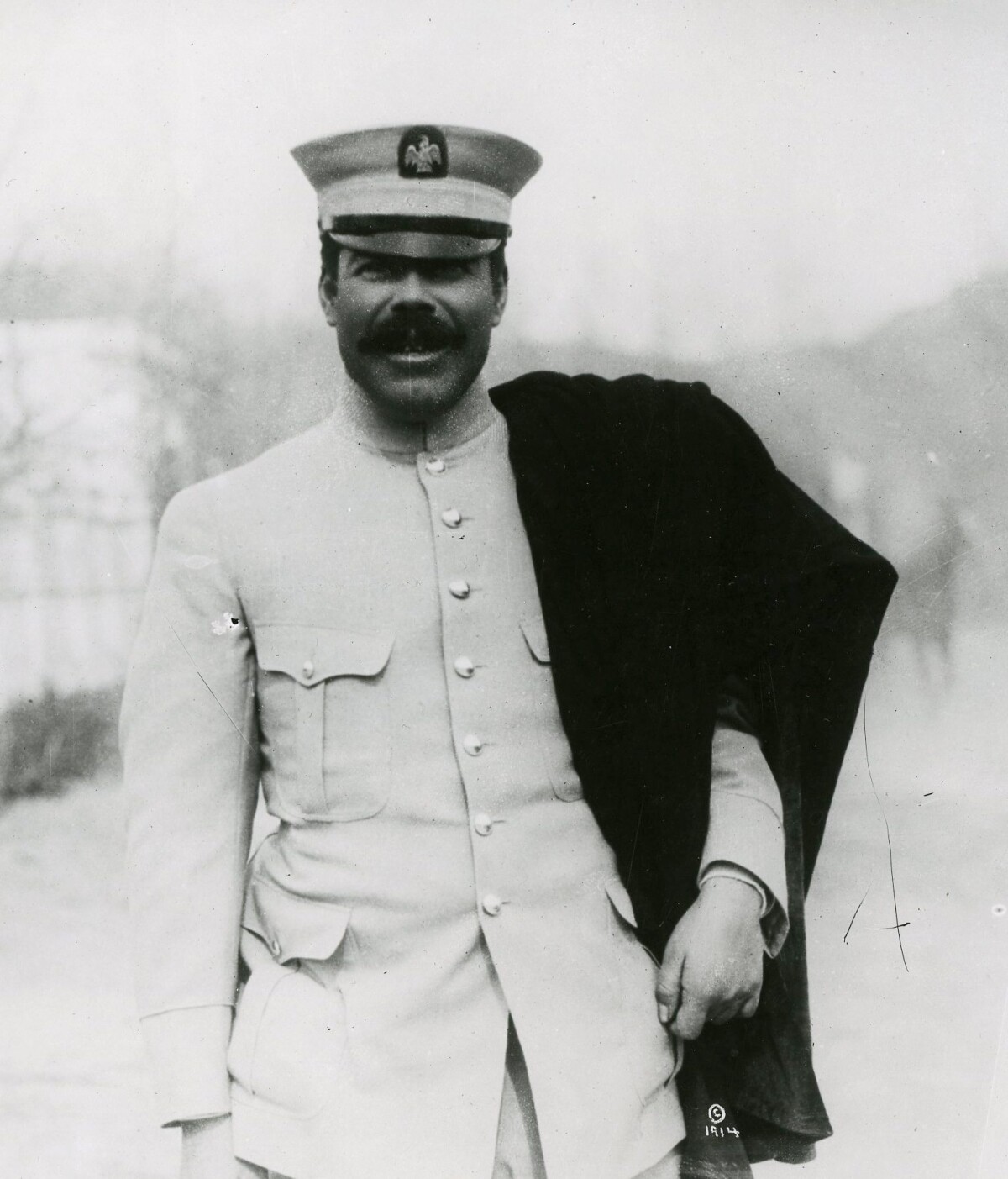
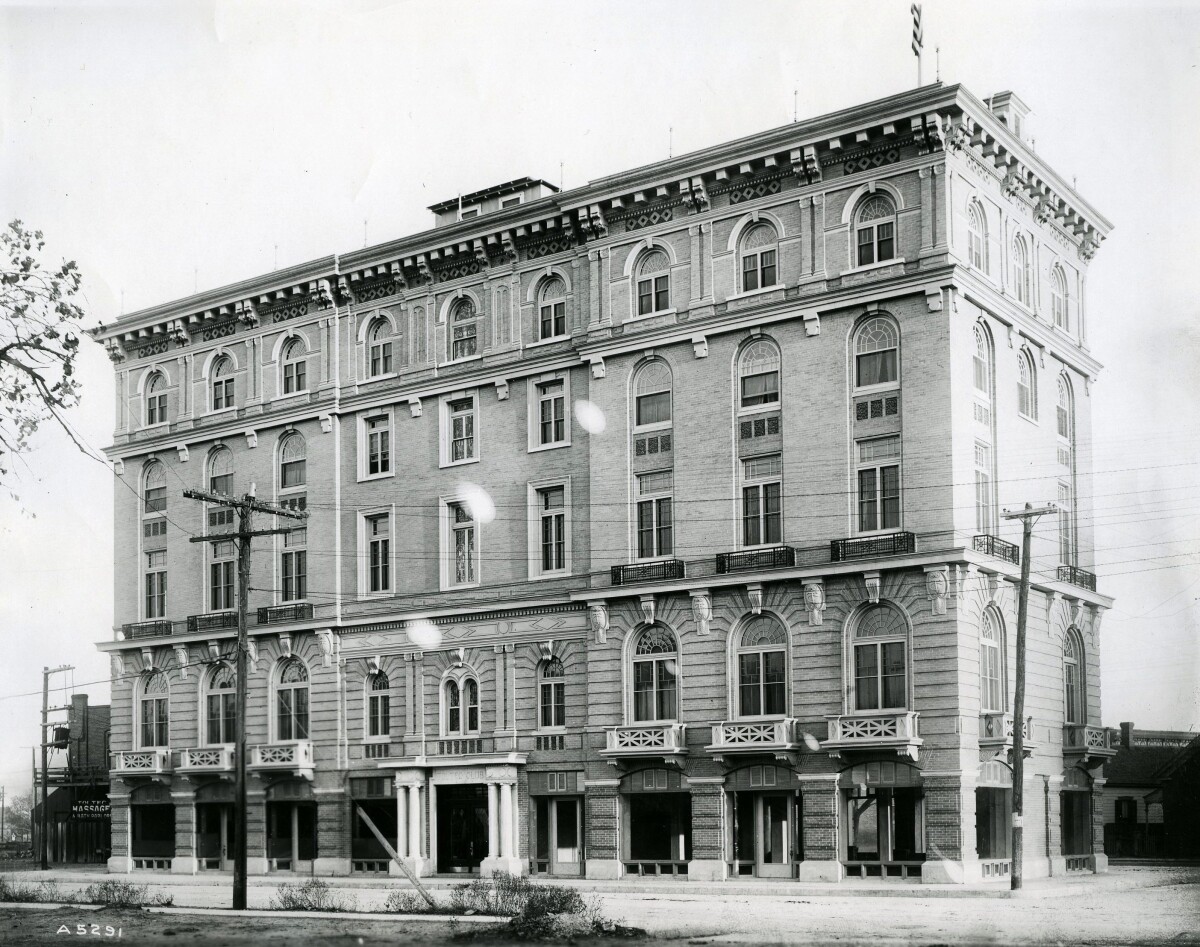
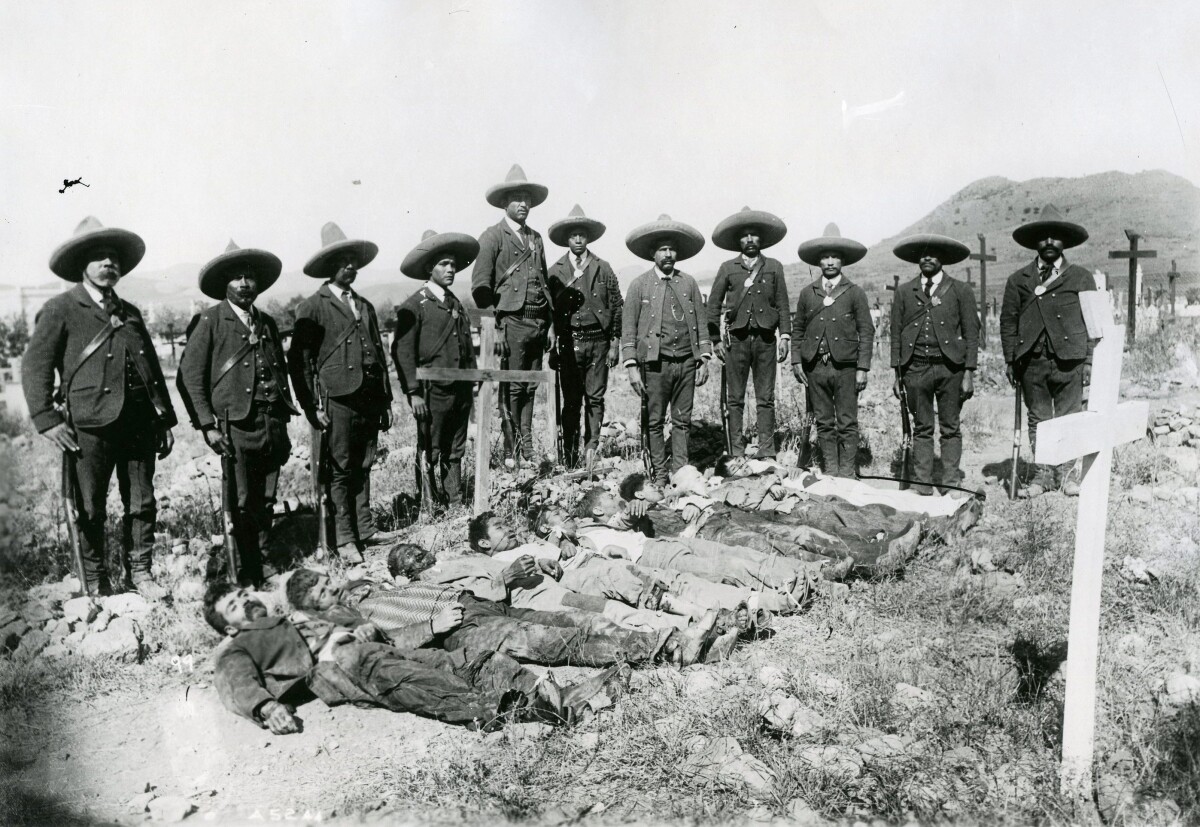
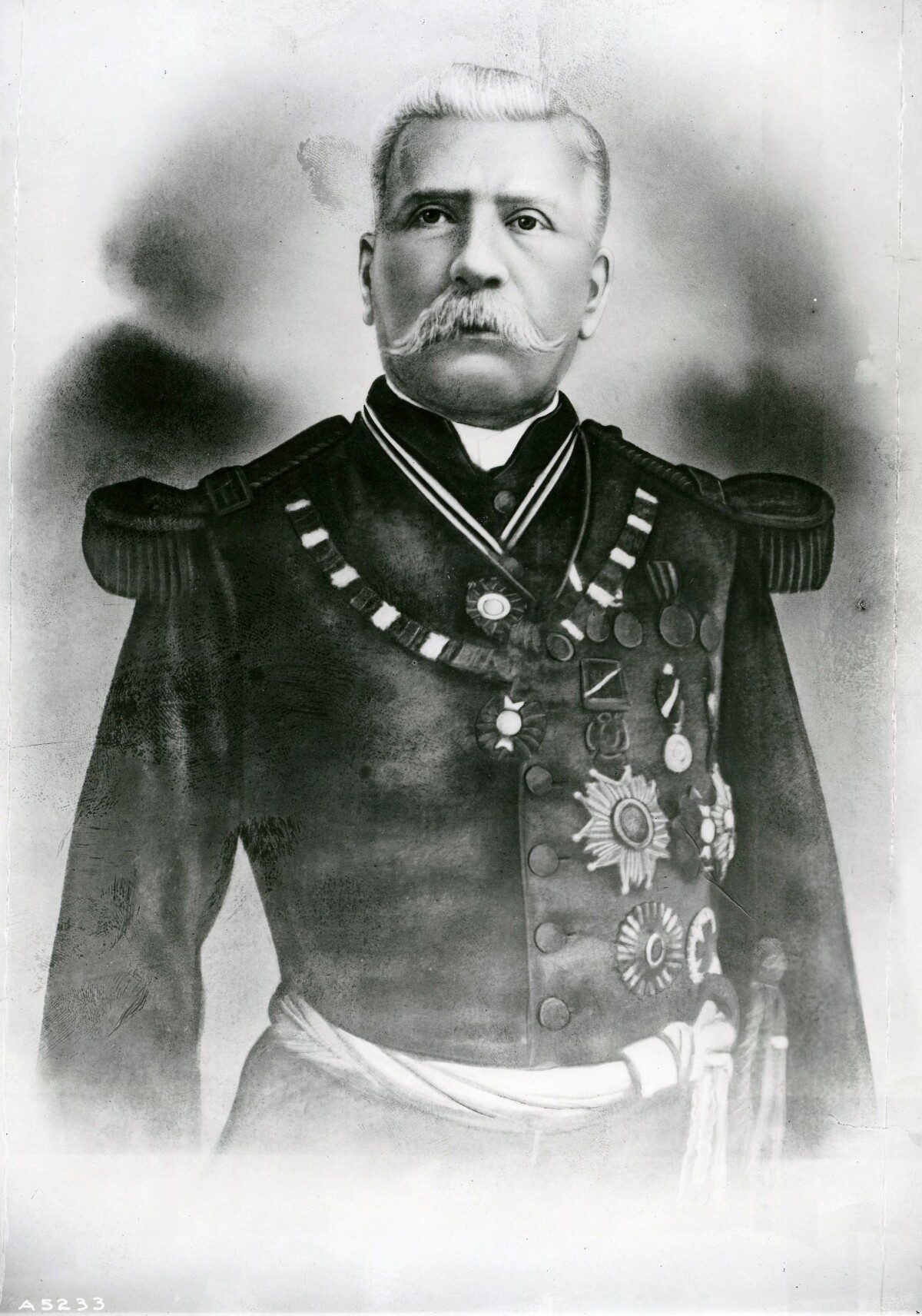
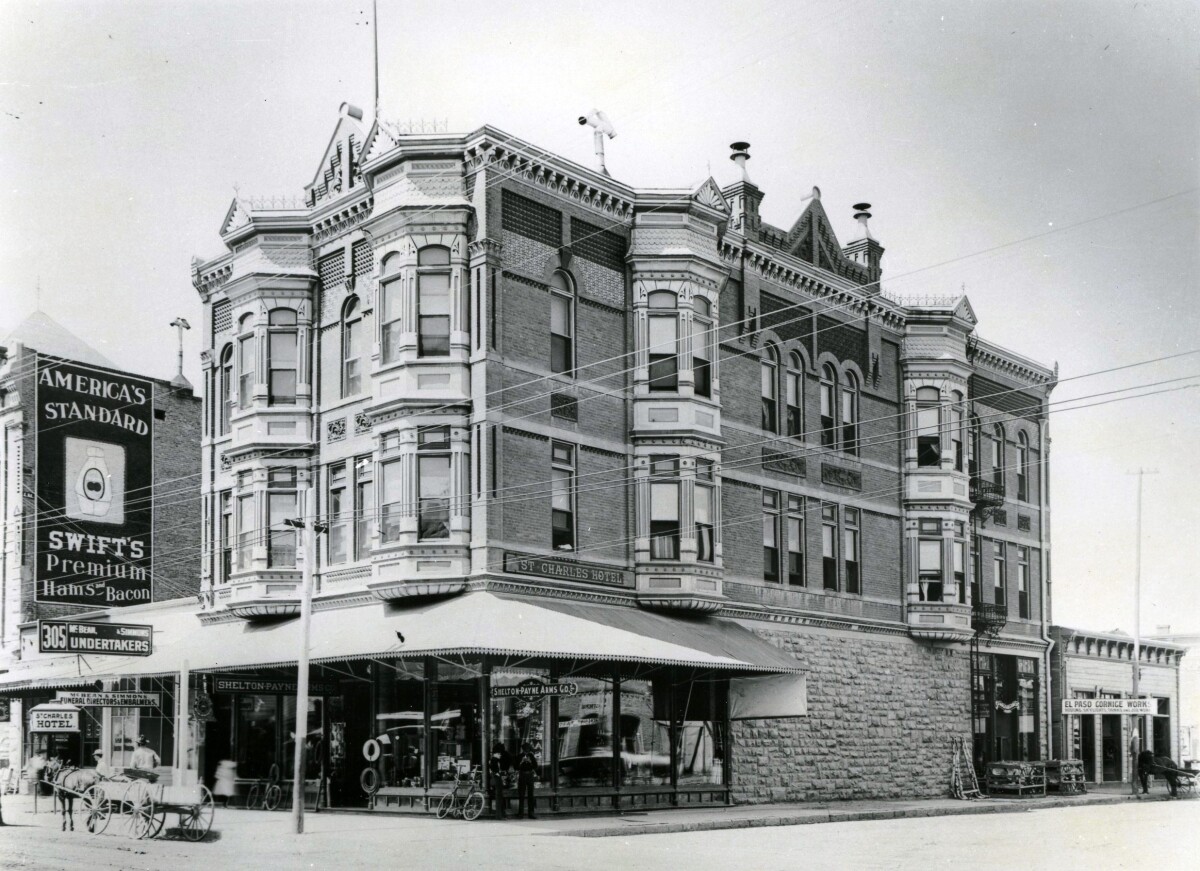
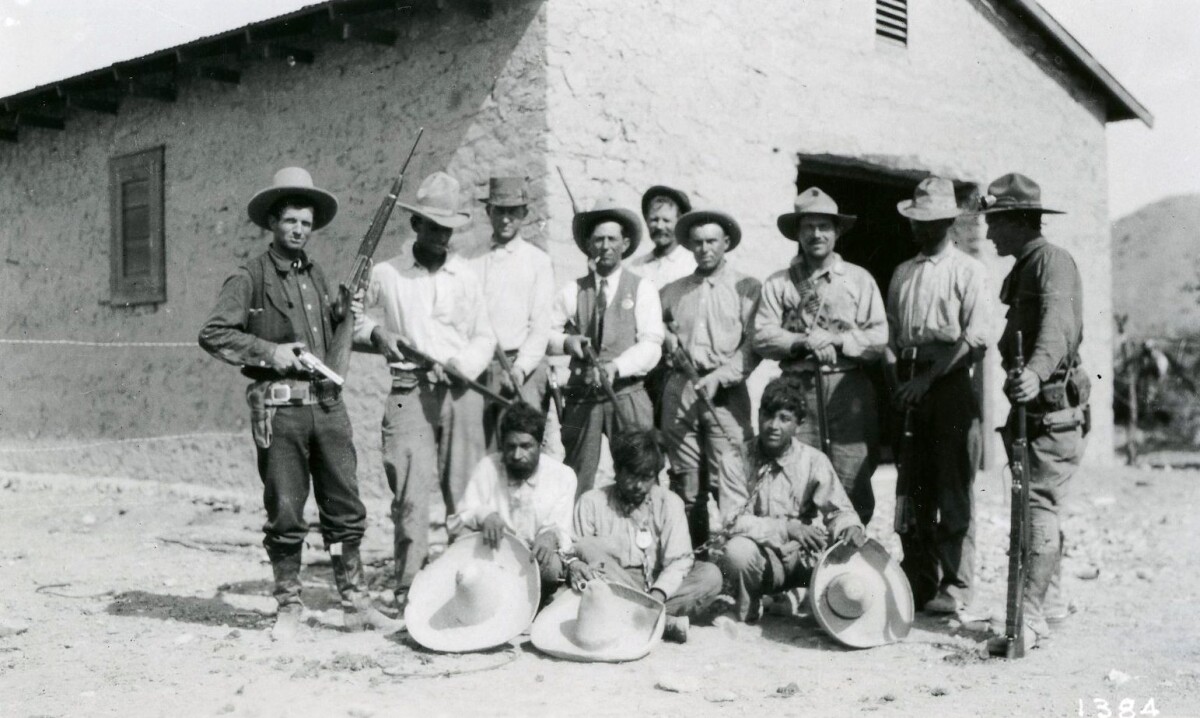
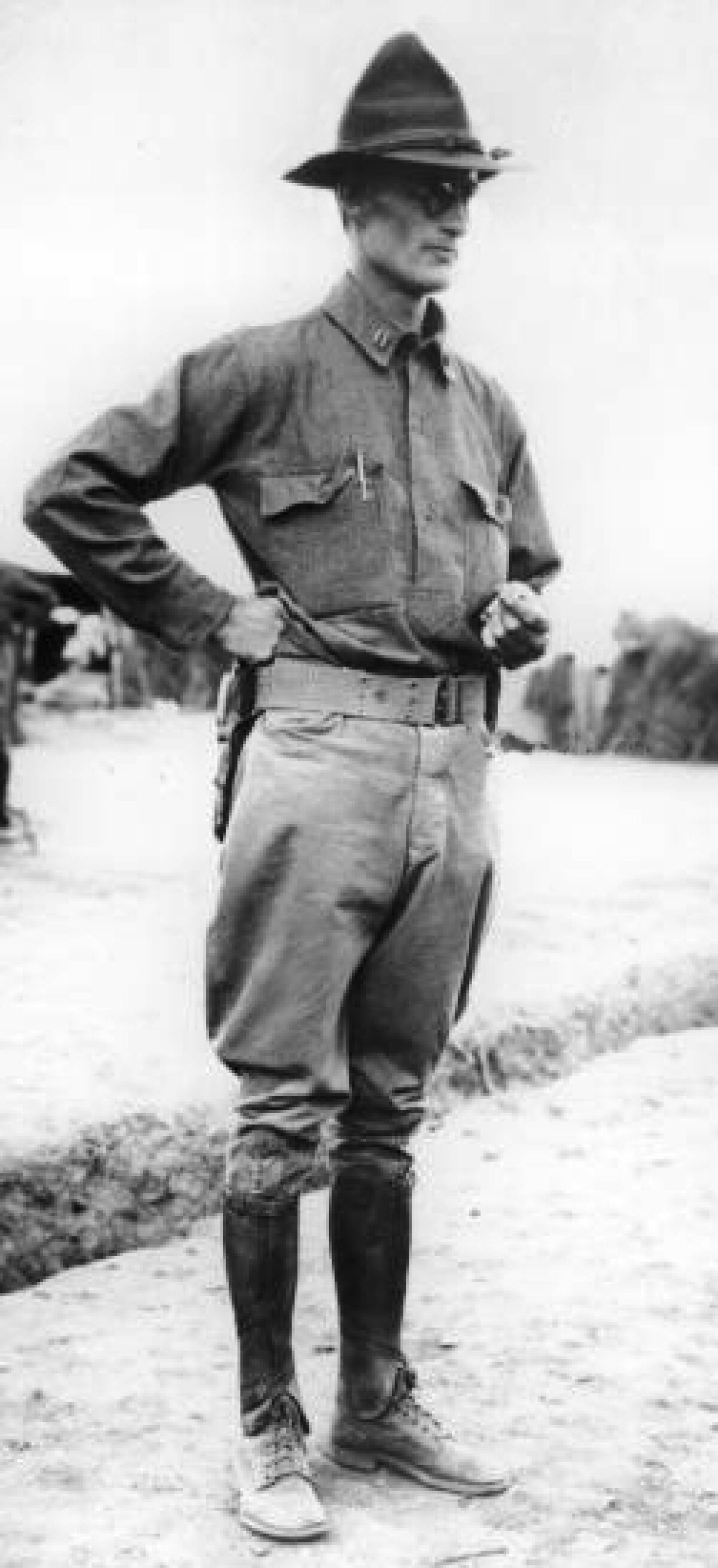
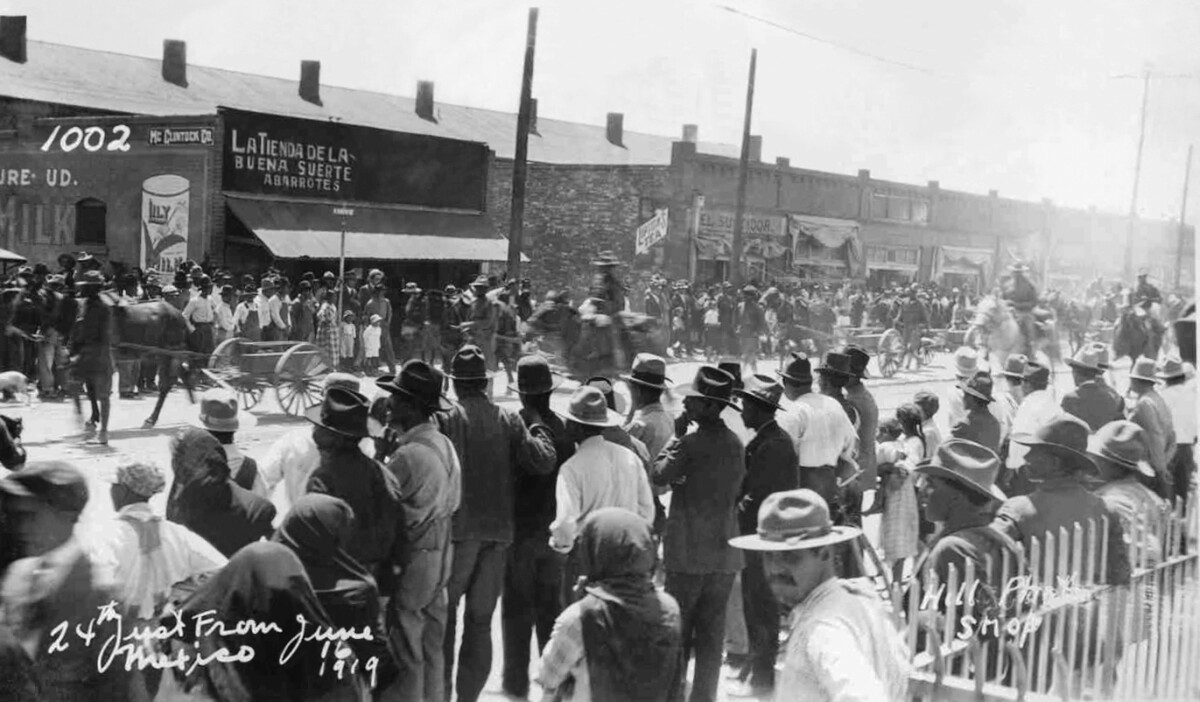
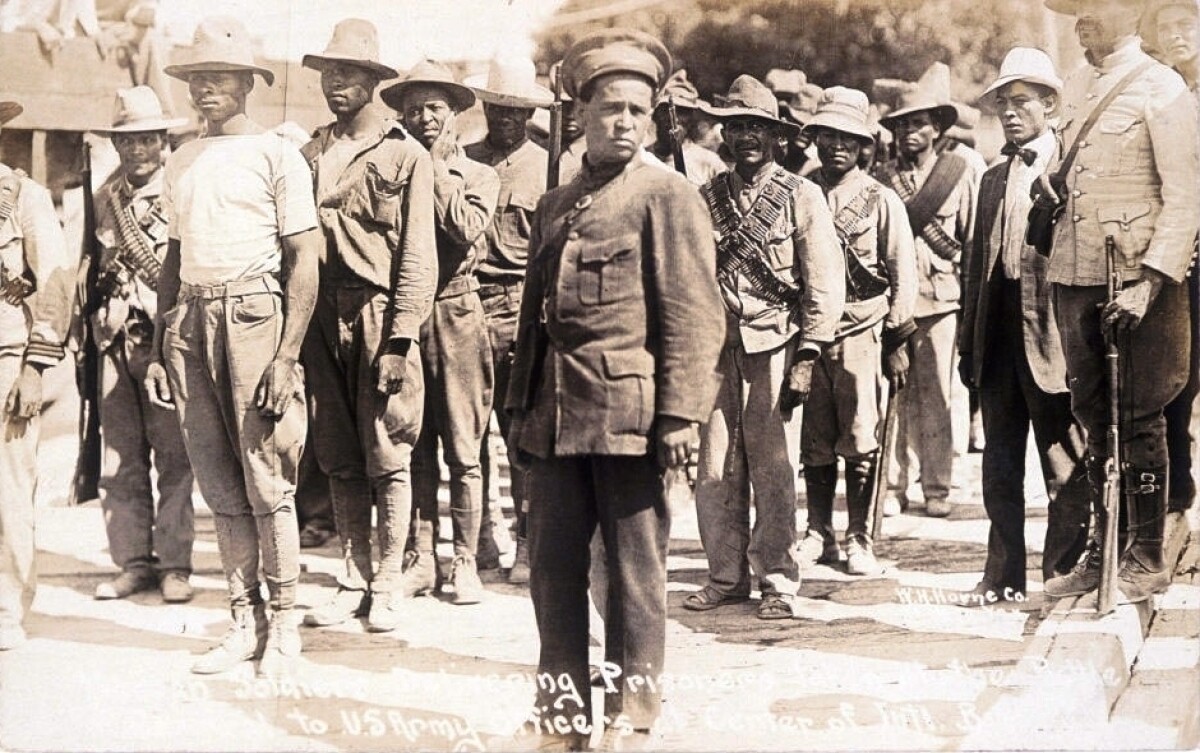
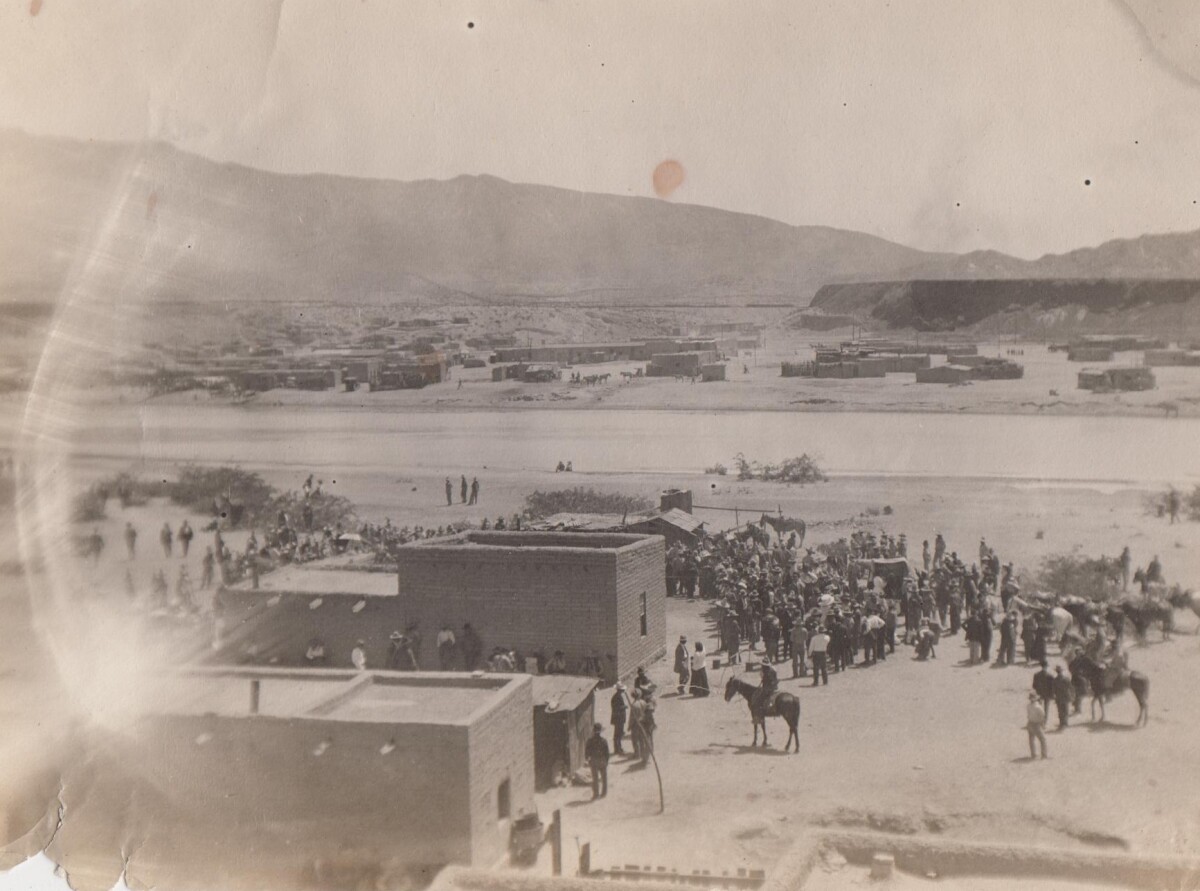
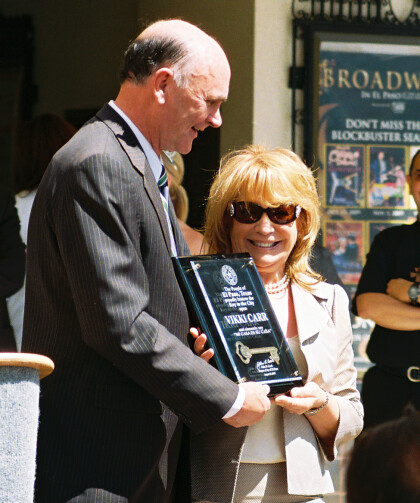
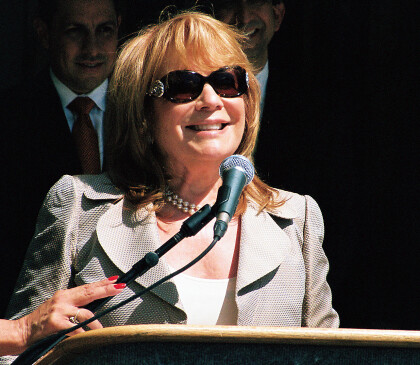
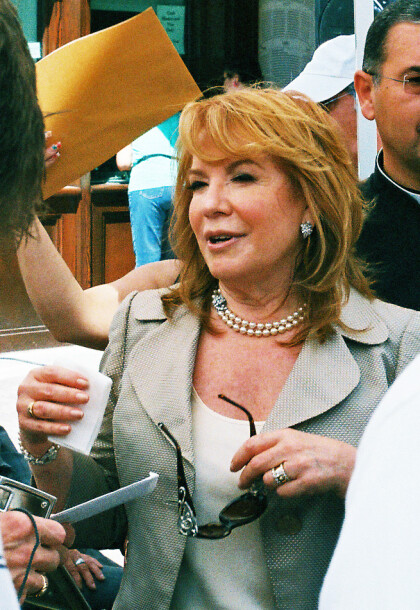
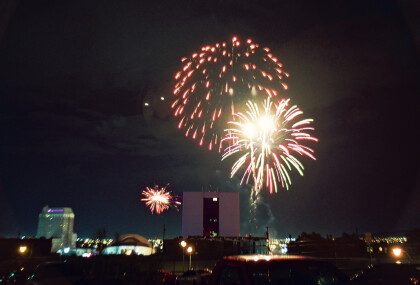
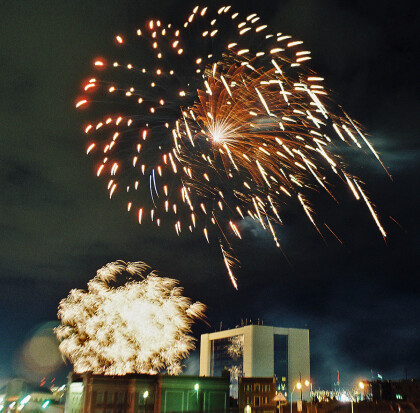
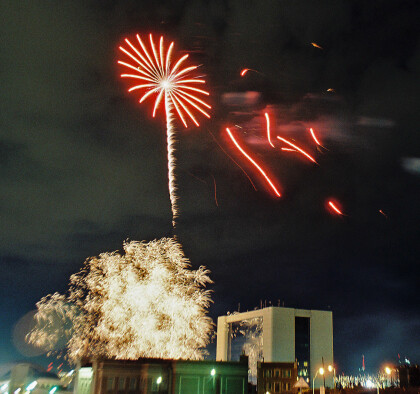
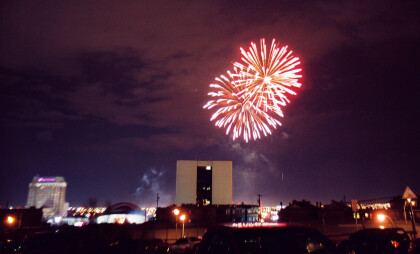
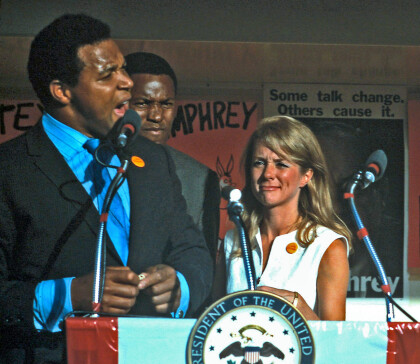
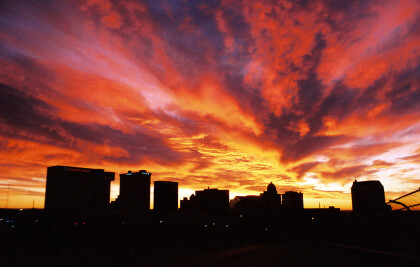
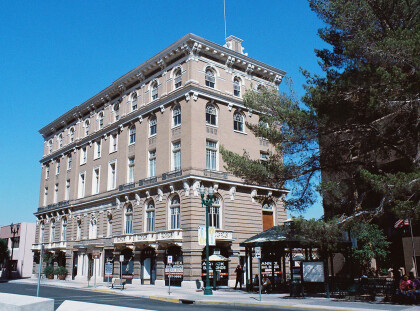
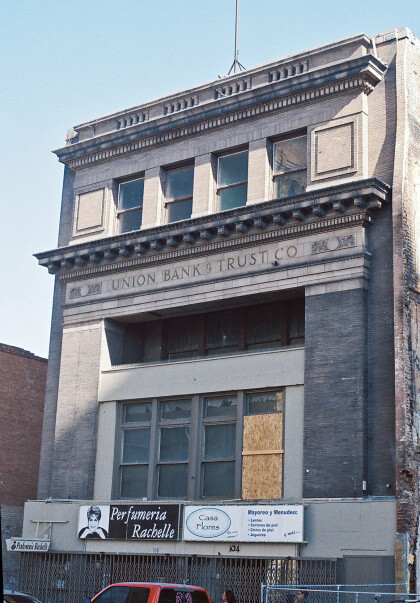
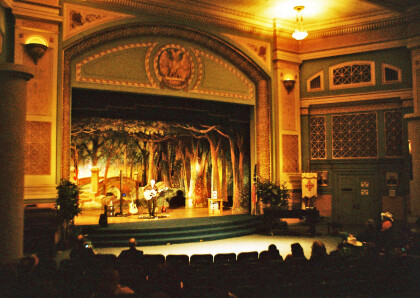
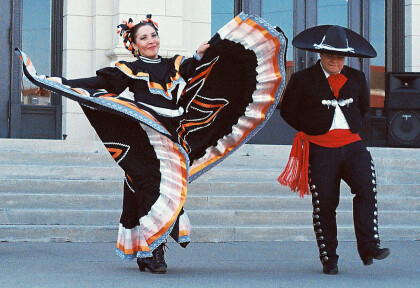
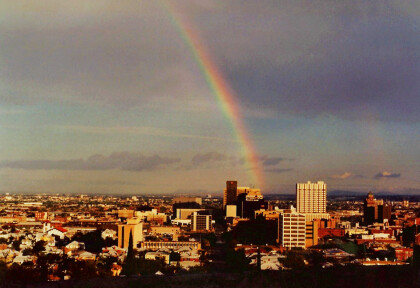
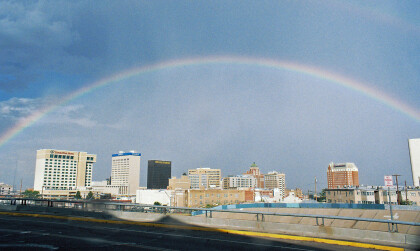
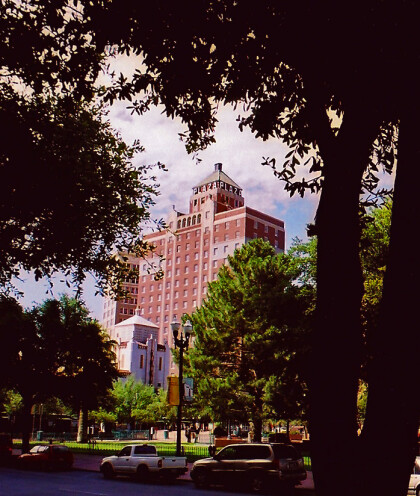
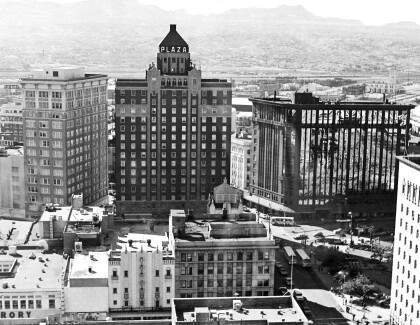
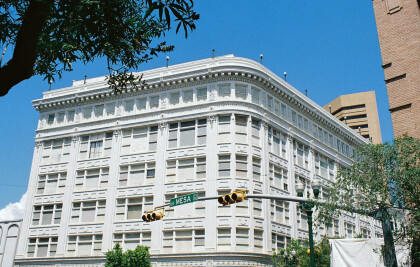
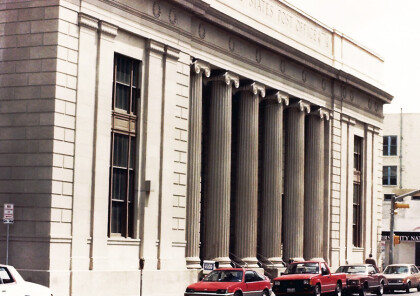
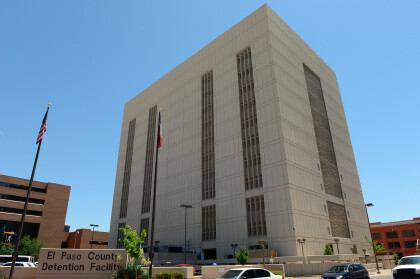
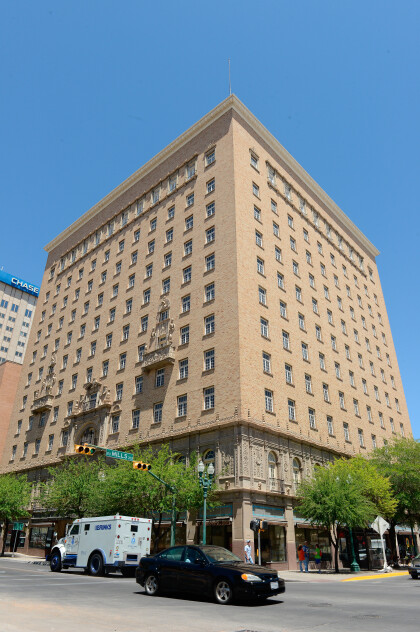
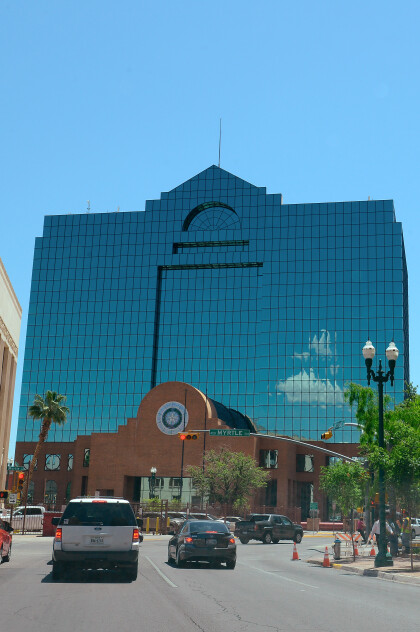
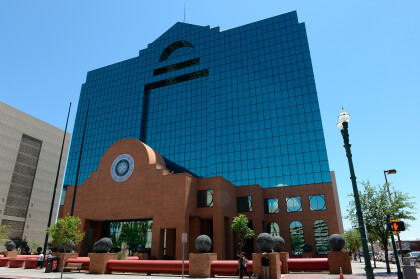
Comentarios
Hacer un comentario